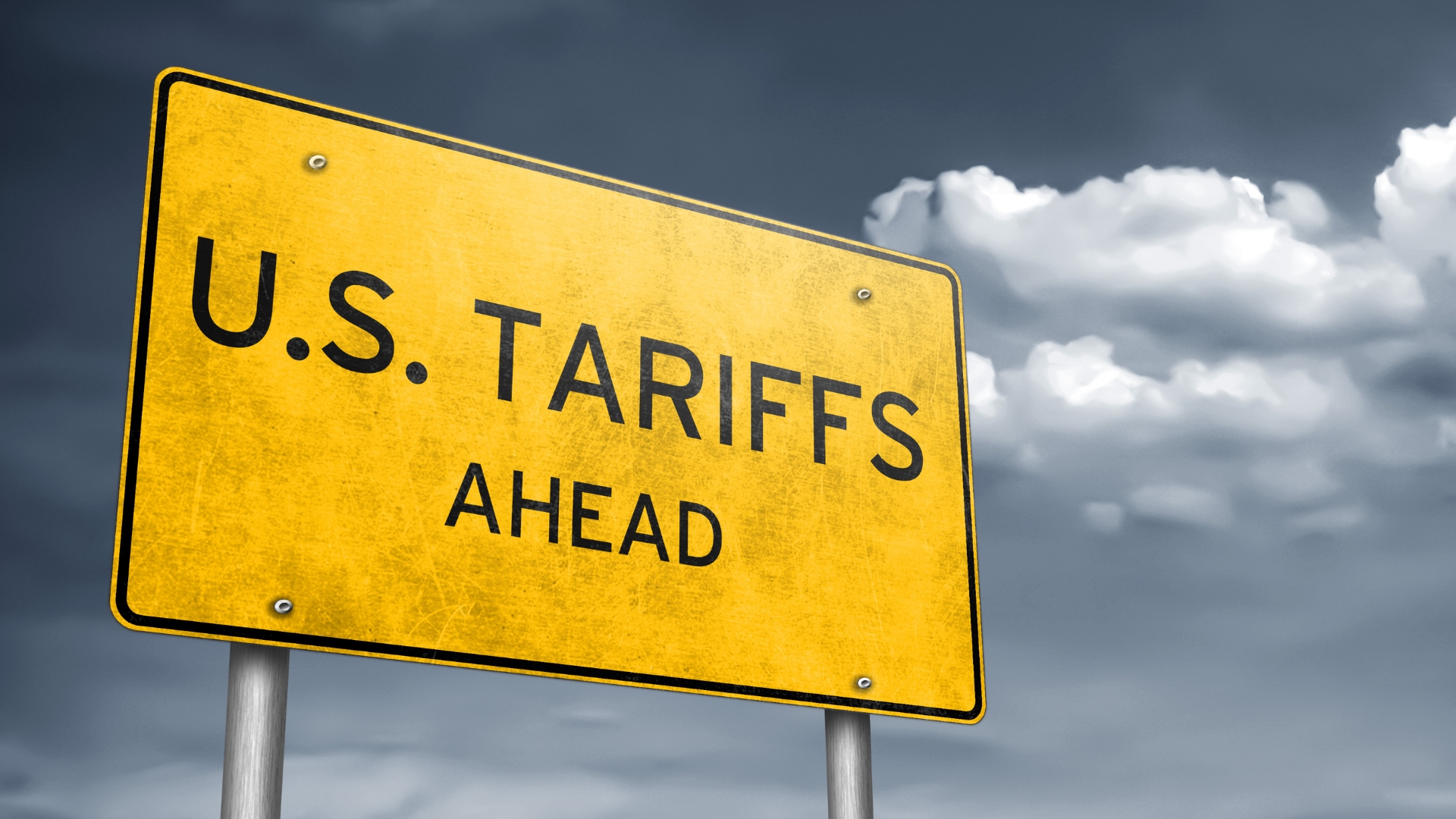Imagine pouring your heart and soul into building a brand, only to discover someone is riding on your coattails, infringing on your trademark. It’s a frustrating and daunting scenario that can leave any business owner feeling vulnerable and powerless. Trademark infringement is not just a legal issue; it’s a direct threat to the identity and reputation you’ve worked tirelessly to establish. So, what can you do when faced with this dilemma? In this article, we will guide you through the critical steps to take when someone encroaches on your trademark. From identifying the signs of infringement to leveraging legal options, you’ll learn how to protect what’s rightfully yours. Equip yourself with essential strategies to defend your brand and ensure its integrity in the marketplace. It’s time to take action and reclaim your brand’s narrative!

Understanding Trademark Infringement
Trademark infringement occurs when a person or entity uses a trademark that is identical or confusingly similar to a registered trademark owned by someone else, without permission. This unauthorized use can mislead consumers into believing there is an association between the infringing products or services and the trademark owner. It can significantly damage the brand’s reputation, dilute its market presence, and potentially lead to financial losses.
A trademark serves as a unique identifier of the source of goods or services, distinguishing them from those of others. It can be a name, logo, slogan, or any combination thereof. When someone uses a mark that closely resembles your trademark, it can create confusion in the marketplace. Customers might be misled into purchasing the infringing product or service, believing it to be associated with your brand. This not only diverts sales but also affects the trust and loyalty you’ve built with your consumers.
Understanding the nuances of trademark infringement is crucial for any business owner. It’s not just about the direct financial impact but also about maintaining the integrity and reputation of your brand. By being aware of what constitutes infringement, you can better prepare to take the necessary steps to protect your intellectual property.
Identifying Infringement: Signs to Look For
Recognizing the signs of trademark infringement early can help you take swift action to mitigate potential damage. One of the first indicators is discovering a product or service in the marketplace that bears a striking resemblance to your trademark. This could be through a similar logo, name, or slogan that consumers might confuse with your own.
Another red flag is receiving feedback from customers who mistakenly believe the infringing product or service is associated with your brand. If customers start asking about products or services you don’t offer but are similar to your trademark, it’s a strong indication that infringement is occurring. Monitoring social media and online reviews can also help you identify these instances early.
Additionally, a sudden drop in sales or a noticeable decline in brand reputation could hint at the presence of counterfeit or infringing products in the market. Competitors using similar trademarks can erode your market share and damage your brand’s image. Regularly conducting market surveillance and seeking feedback from customers can help you stay vigilant against potential infringements.
The Importance of Protecting Your Trademark
Protecting your trademark is essential to maintaining the unique identity of your brand. A trademark represents your brand’s reputation, quality, and consumer trust. When someone infringes on your trademark, it undermines all the hard work and investment you’ve put into building your brand. Therefore, safeguarding your trademark should be a top priority.
A well-protected trademark ensures that consumers can easily identify your products or services in the marketplace. It helps prevent confusion and establishes a clear distinction between your offerings and those of your competitors. When consumers can trust that they are purchasing genuine products from your brand, it enhances customer loyalty and reinforces your market position.
Moreover, protecting your trademark has significant financial implications. A strong trademark can be a valuable asset, adding to the overall worth of your business. It can attract potential investors and partners who see the security and stability in a well-protected brand. By taking proactive measures to defend your trademark, you can secure your business’s long-term success and growth.
Steps to Take Immediately After Infringement
The moment you suspect trademark infringement, it’s crucial to act swiftly and decisively. The first step is to conduct a thorough investigation to confirm the infringement. Gather as much information as possible about the infringing party, including their contact details, the extent of their use of your trademark, and any evidence of consumer confusion.
Once you have verified the infringement, document all your findings meticulously. This includes saving screenshots of websites, copies of advertisements, and any communication from customers regarding the infringing product or service. Having concrete evidence will be essential if you need to take legal action later.
Next, assess the potential impact of the infringement on your business. Consider factors such as the geographical scope of the infringement, the similarity between the marks, and the likelihood of consumer confusion. This evaluation will help you determine the severity of the situation and the appropriate course of action.
Documenting Evidence of Infringement
Documenting evidence is a critical step in building a strong case against trademark infringement. Start by collecting all possible instances where the infringing trademark is being used. This might include online platforms, physical stores, marketing materials, or any other medium where the infringing product or service is being promoted.
Ensure that you capture high-quality images, videos, or screenshots that clearly show the infringing mark alongside your own trademark. Pay close attention to the context in which the infringing mark is used, as it can provide insights into the intent behind the infringement. Additionally, gather any advertisements, packaging, or labels that feature the infringing mark.
It’s also important to document any instances of consumer confusion. This could be in the form of customer complaints, social media comments, or online reviews where consumers mistakenly associate the infringing product with your brand. Collecting and organizing this evidence systematically will strengthen your position if you need to take legal action.
Sending a Cease and Desist Letter
Once you have gathered sufficient evidence of infringement, the next step is to send a cease and desist letter to the infringing party. A cease and desist letter is a formal notice that demands the infringing party stop using your trademark immediately. It outlines your trademark rights, the evidence of infringement, and the actions you expect the infringing party to take.
The letter should be clear, concise, and assertive, leaving no room for ambiguity. It should include a detailed description of your trademark, the nature of the infringement, and the potential legal consequences if the infringing party fails to comply. Providing a reasonable deadline for the infringing party to respond and cease their activities is also crucial.
While it’s possible to draft a cease and desist letter yourself, working with a trademark attorney can ensure that the letter is legally sound and effective. An attorney can help you craft a strong argument and increase the likelihood of a favorable outcome. In many cases, a well-drafted cease and desist letter can resolve the issue without the need for further legal action.
Exploring Legal Options: Litigation vs. Alternative Dispute Resolution
If the cease and desist letter does not yield the desired result, you may need to explore further legal options. Litigation is one route, where you take the infringing party to court to enforce your trademark rights. This process can be lengthy and costly, but it may be necessary if the infringement is severe and the infringing party is uncooperative.
Before pursuing litigation, consider the potential costs and benefits. Evaluate the strength of your case, the likelihood of success, and the potential damages or remedies you can obtain. Consulting with a trademark attorney can help you assess these factors and make an informed decision.
Alternatively, you might consider alternative dispute resolution (ADR) methods such as mediation or arbitration. These processes are often faster and less expensive than litigation. In mediation, a neutral third party helps facilitate a negotiation between you and the infringing party. In arbitration, an arbitrator hears both sides and makes a binding decision. ADR can be an effective way to resolve disputes while preserving business relationships and avoiding the adversarial nature of court proceedings.
Working with a Trademark Attorney
Navigating the complexities of trademark infringement can be challenging without professional legal assistance. A trademark attorney specializes in intellectual property law and can provide invaluable support throughout the process. From identifying infringement to taking legal action, an attorney can guide you every step of the way.
When choosing a trademark attorney, look for someone with experience in handling trademark disputes and a deep understanding of your industry. An experienced attorney can offer strategic advice tailored to your specific situation and help you achieve the best possible outcome.
Working with a trademark attorney also ensures that your actions are legally sound and compliant with trademark laws. They can help you draft cease and desist letters, represent you in court, and explore alternative dispute resolution options. Having a knowledgeable attorney by your side can significantly enhance your ability to protect your trademark and secure your brand’s future.
Preventative Measures to Safeguard Your Trademark
While it’s important to know how to respond to trademark infringement, taking preventative measures can help you avoid such situations in the first place. One of the most effective ways to safeguard your trademark is to conduct thorough searches before adopting a new mark. This helps ensure that your chosen trademark is unique and not already in use by another party.
Registering your trademark with the appropriate authorities provides legal protection and strengthens your ability to enforce your rights. A registered trademark offers a presumption of ownership and exclusive rights to use the mark in connection with the specified goods or services. It also gives you the ability to take legal action against infringers.
Regularly monitoring the marketplace for potential infringements is another crucial step. Set up alerts and conduct periodic searches to identify any unauthorized use of your trademark. Additionally, educate your team and business partners about the importance of trademark protection and the steps to take if they suspect infringement. By being proactive, you can minimize the risk of trademark infringement and protect your brand’s integrity.
Conclusion: Protecting Your Brand for the Future
Trademark infringement is a serious threat that can undermine the hard work and dedication you’ve invested in building your brand. However, by understanding the signs of infringement, taking immediate action, and leveraging legal options, you can effectively protect your trademark and maintain your brand’s reputation.
Remember, the key to defending your trademark lies in being vigilant and proactive. Regularly monitor the marketplace, document any instances of infringement, and seek professional legal assistance when necessary. By taking these steps, you can safeguard your trademark and ensure your brand’s continued success.
Ultimately, protecting your trademark is about preserving your brand’s identity and the trust you’ve built with your customers. Don’t let infringement go unchecked. Equip yourself with the knowledge and strategies outlined in this article to take action and reclaim your brand’s narrative. Your trademark is a valuable asset—defend it with the diligence and determination it deserves.
🎧 Want deeper insights? Listen to our latest podcast episode: “What Every Business Owner Should Know About Trademark Infringement.”
👉Take the next step book your consultation today and safeguard your brand’s future.
Connect with us: Carbon Law Group
Visit our Website: carbonlg.com
👤 [Pankaj on LinkedIn]
👤 [Sahil on LinkedIn]




